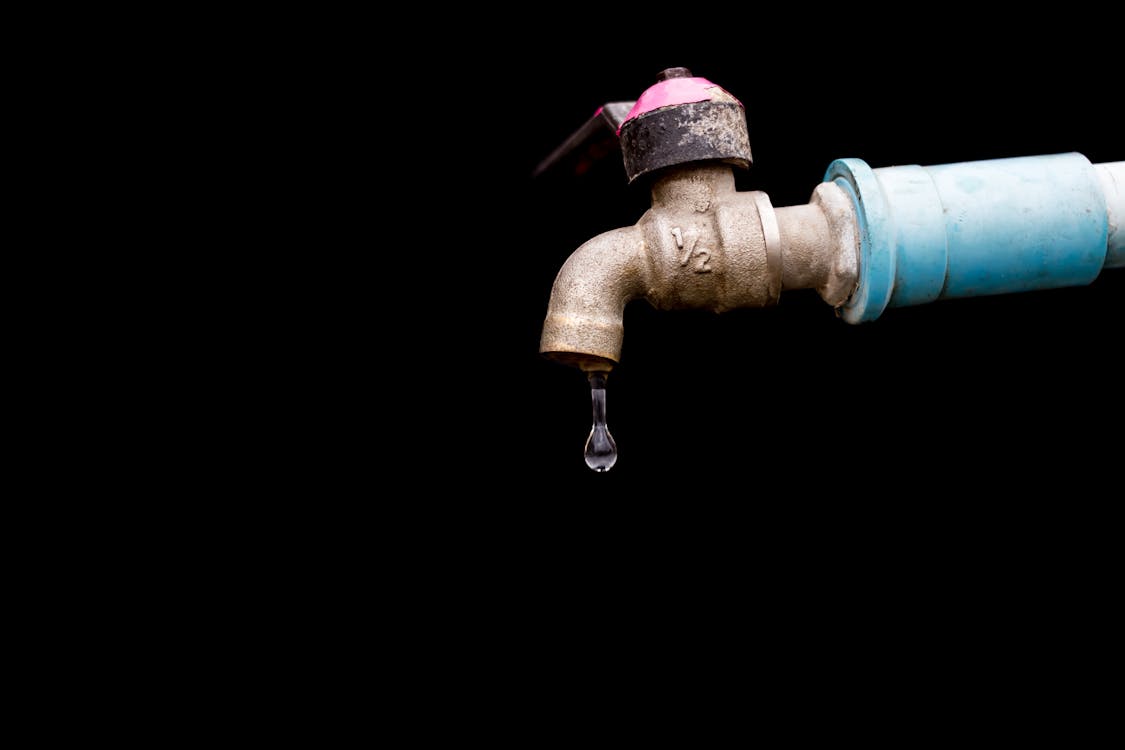The story of Camp Lejeune’s water contamination is a tragedy that has affected thousands of military families and personnel. For decades, they were exposed to toxic chemicals in their drinking water, leading to serious health risks and long-term consequences.
As reported on ConsumerNotice.org, the health conditions associated with the contamination at Camp Lejeune include non-Hodgkin lymphoma, bladder cancer, leukemia, kidney cancer, Parkinson’s disease, liver cancer, multiple myeloma, and neurological problems. Additionally, the contamination has been linked to serious birth defects in some cases.
The contamination was traced back to industrial activities and hazardous waste disposal practices on the base, causing a legal battle that is still ongoing today. In this article, we will discuss the progress of the lawsuit, the challenges faced by victims, and the importance of environmental justice and accountability in preventing similar tragedies from happening in the future.
Camp Lejeune Lawsuit: The Progress So Far
The Camp Lejeune water contamination tragedy led to a lawsuit filed on behalf of thousands of military families and personnel who were exposed to the contaminated water.
The lawsuit related to the Camp Lejeune water contamination has been ongoing since 2018, seeking compensation for the victims affected by the toxic water and holding the defendant companies accountable for the contamination. While there have been some settlements made in the case, the exact Camp Lejeune water contamination settlement amounts have not been disclosed publicly. Despite the progress made so far, the case remains ongoing as of this writing.
A recent Medtruth update reported that government attorneys and lawyers representing plaintiffs who claim to have been exposed to contaminated water at Camp Lejeune have filed a joint memorandum. The memorandum requested a case management order and the consolidation of all cases related to the Camp Lejeune Justice Act of 2022.
The Challenges Faced
Legal firms such as TorHoerman Law have highlighted that victims affected by the contaminated water still face several obstacles in their pursuit of justice and compensation. One of the significant challenges is proving the correlation between their health issues and exposure to the toxic water.
Many victims have also faced obstacles in accessing medical monitoring and treatment for their health issues, leaving them with mounting medical bills and a sense of helplessness.
On top of that, truthout.org notes that even today, over 700 army bases across the United States have been identified as having extensive toxic contamination, with Camp Lejeune being just one of them. The US military has used aqueous film-forming foam for firefighting training and to extinguish fuel fires since the 1970s, which has led to the proliferation of harmful PFAS compounds on its bases.
Furthermore, the widespread nature of toxic contamination on army bases highlights the need for systemic changes in environmental policy to prevent future harm and ensure justice for those who have already been affected.
Environmental Justice and Accountability
Environmental justice and accountability are critical components of the Camp Lejeune contamination lawsuit. At the heart of the matter is the fact that military personnel and their families were exposed to toxic chemicals for decades, resulting in numerous health problems and even deaths.
The importance of environmental justice, in this case, is that it seeks to hold the responsible parties accountable for their actions and the harm they caused. This includes not only the companies involved in the operations and maintenance of the fuel farm but also the US government, which is responsible for ensuring the safety and well-being of its military personnel and their families.
Environmental justice also requires that those affected by the contamination receive adequate compensation and medical monitoring to manage their health problems. It is not enough to simply acknowledge the harm that has been done; steps must be taken to rectify the situation and prevent similar incidents from occurring in the future.
In addition, the Camp Lejeune contamination lawsuit has broader implications for environmental justice and accountability. It serves as a reminder that environmental pollution and its impacts are not limited to certain communities or populations. Rather, everyone is potentially at risk of exposure to harmful chemicals, and it is the responsibility of both private companies and government agencies to ensure that appropriate safeguards are in place to protect public health and the environment.
Conclusion
The contamination of Camp Lejeune’s water is a tragic example of the dangers of environmental pollution and highlights the importance of accountability and justice. The ongoing lawsuit shows the difficulties that victims have faced in seeking compensation and treatment for their health problems.
It is essential to hold both private companies and government agencies responsible for their actions and to take steps to prevent similar incidents from happening in the future. The tragedy calls for prioritizing public health and environmental safety to avoid future disasters.

